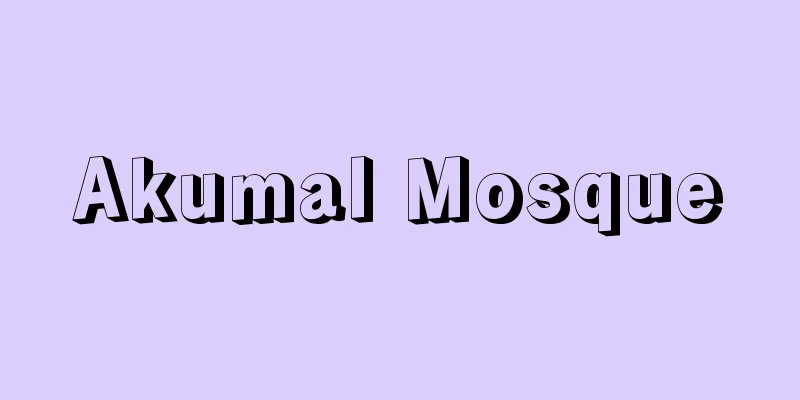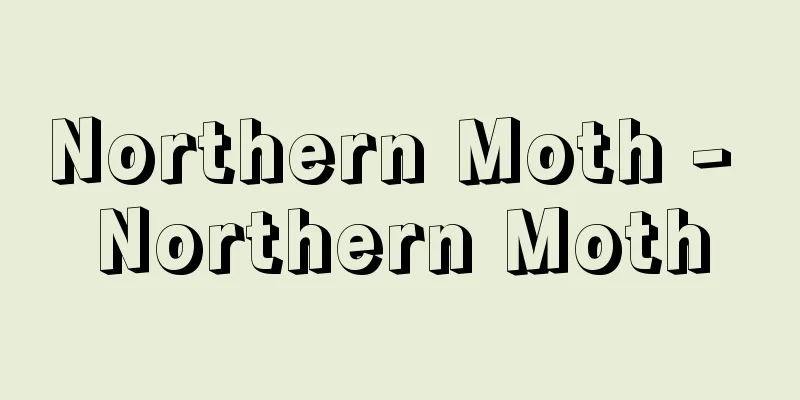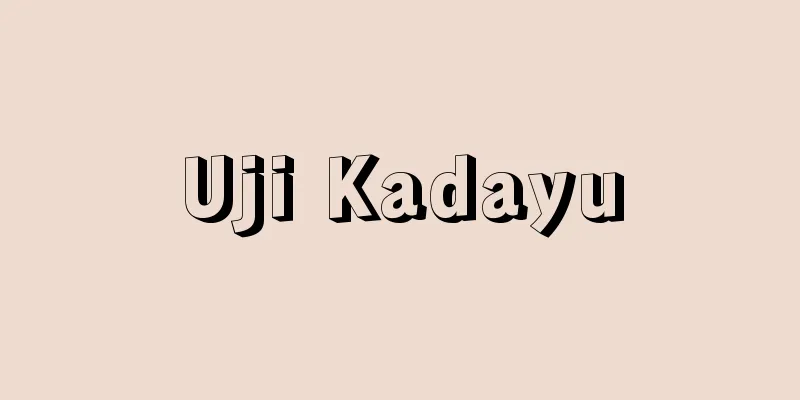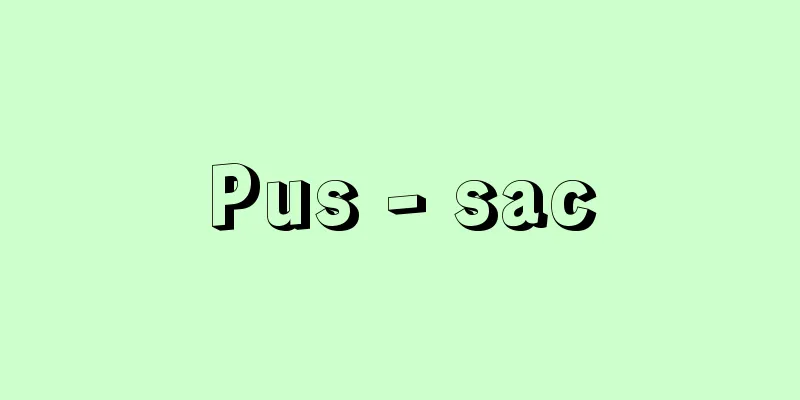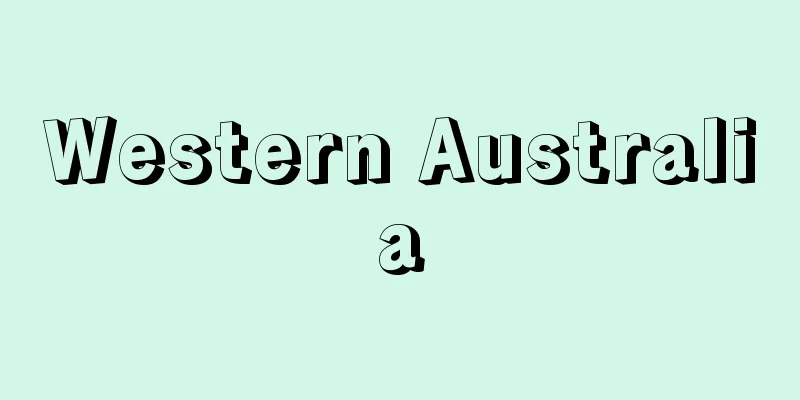Runes - Rune Moji

|
Runes are a phonetic alphabet that was widely used among Germanic peoples before Christianization, and are also called futharks after the first six letters of the alphabet. There are several theories about the origin of runes, but the most popular one is that they were borrowed from a northern Italian alphabet of northern Etruscan origin by a Germanic tribe living in the Alps around the 2nd century BC. They are angular, broken-line characters that originally consisted of 24 letters, but the order of their arrangement is significantly different from that of Greek and Latin letters. The name rune also means "mystery" or "secret," and each character and its arrangement was thought to have magical powers. Therefore, they were used in incantations and various rituals, and were not commonly used for everyday practical purposes. Runes remain mainly in inscriptions from the 3rd century onwards, and weapons, silver coins, stone crosses, etc. engraved with runes have been found in a wide area, mainly in Northern Europe, from Greenland to Greece and the former Yugoslavia. Among them, the best known are a stone cross from the early 8th century that remains in a church in Ruthwell, a village in southern Scotland, and a box made of whalebone, known as the "Franks Casket," preserved in the British Museum. Depending on the number of letters, runes are divided into three types: the Germanic type with 24 letters, the Anglo-Prysian type with 28 to 33 letters, and the Scandinavian type with 16 letters. These were replaced by the Latin alphabet with Christianization, but in parts of Scandinavia they were used for folk calendars and other purposes until around the 17th century. [Yoshio Terazawa] A stone monument with inscriptions in runic characters. It is also called a rune stone. It was made in large numbers during the Viking Age (around 700-1100), and among the Nordic countries, Sweden has the largest number of them. The photo shows a stone monument at Skansen Open Air Museum. Stockholm, Sweden ©Shogakukan "> Rune stone monument Source: Shogakukan Encyclopedia Nipponica About Encyclopedia Nipponica Information | Legend |
|
ルーン文字runesは、キリスト教化を受けるまで、ゲルマン系の民族の間で広く用いられていた表音文字で、そのアルファベットの最初の6文字をとってフサルクともよばれる。ルーン文字の起源については諸説があり、紀元前2世紀ごろアルプス地方に住んでいたゲルマンのある部族が、北エトルリア起源の北イタリア文字から借用したとする説が有力である。角張った折れ線型の文字で、初めは24字からなっていたが、配列順序はギリシア・ラテン文字とは著しく異なっている。 ルーンという名称は「神秘・秘密」などの意味も表し、各文字やその配列などには、魔術的な力があると考えられていた。したがって、呪術(じゅじゅつ)や種々の儀式に用いられ、日常の実用には普通使用されなかったようである。おもに3世紀以後の刻文に残り、ルーン文字を刻んだ武器、銀貨、石の十字架などが、北欧を中心にグリーンランドからギリシアや旧ユーゴスラビアに及ぶ広範な地域に発見されている。そのなかでよく知られているのは、スコットランド南部の村リズルRuthwellの教会に残る8世紀初めの石の十字架と、大英博物館に保存されている鯨のひげでつくられた手箱、いわゆる「フランク人の手箱」Franks casketである。 ルーン文字はその文字の数によって、24字のゲルマン型、28ないし33字のアングロ・フリジア型、16字のスカンジナビア型の3種に分かれる。これらはキリスト教化とともにラテン文字にかえられていくが、スカンジナビアの一部では17世紀ごろまで民間暦などに用いられていた。 [寺澤芳雄] ルーン文字で銘が刻まれた石碑。ルーン・ストーンともいう。バイキング時代(700~1100年ごろ)に盛んにつくられ、北欧諸国中、スウェーデンにもっとも多く残されている。写真はスカンセン野外博物館にある石碑。スウェーデン ストックホルム©Shogakukan"> ルーン文字石碑 出典 小学館 日本大百科全書(ニッポニカ)日本大百科全書(ニッポニカ)について 情報 | 凡例 |
<<: Island of Re (English spelling)
>>: Lummer - Otto Richard Lummer
Recommend
Mr. Bird's Tale - Mr. Bird's Tale
Year of death: July 3, 1898 Year of birth: 1849 A ...
Hiroyuki Iwaki
Conductor. Born in Tokyo. Dropped out of the Depa...
Basel Art Museum - Basel Museum (English name) Kunstmuseum-Öffentliche Kunstsammlung Basel
This art museum is located in Basel, Switzerland. ...
Kinmuro - Kinmuro
…Their morphologies are very similar, but the sca...
Conductive fiber
Polymers that form fibers are usually insulators, ...
Fishing Colors
〘 noun 〙 To hunt after women one after another. To...
donjon
…The Norman knights' castles were built in a ...
The Viennese Coronation Gospel
The Gospel of Adah (c. 785), the Gospel of Saint ...
Chawantake (English name) cup fungi
A general term for the bowl-shaped mushrooms belo...
Contempt of Congress
…In the UK, the House of Commons (lower house), a...
Sukhōthai Dynasty - Sukhōthai
The oldest Thai dynasty (c. 1220-1438) was founde...
Red Brick University - Akarenga Daigaku
…Since the Middle Ages, it has monopolized higher...
Vireya
…Unlike Japanese rhododendrons, Western rhododend...
Chrodegang (English spelling)
715‐766 Bishop and saint in the Frankish period. A...
Meigetsuki
This is the diary of Fujiwara Teika, also known a...
![Maizuru [city] - Maizuru](/upload/images/67cce1e2c5759.webp)
